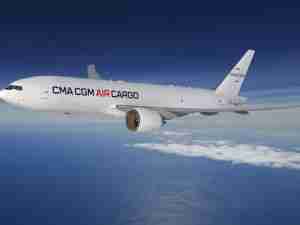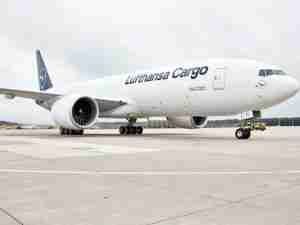American Airlines Group Inc.’s strategy is almost certain to remain the same when Robert Isom becomes chief executive officer next year, given his two decades alongside the man who ran the company and its two predecessor carriers.
While that continuity may ease investor concern about upheaval amid a choppy recovery from a global pandemic, it could cement the notion that if one of the world’s largest airlines requires an overhaul, Isom won’t be a change agent.
“The strategic direction that the company is headed in is absolutely one I’ve been heading us in,” Isom, 58, said Tuesday in an interview. “The goals of the business stay the same.”
Isom will assume the role March 31 when Doug Parker steps down as CEO. Parker will continue as chairman of American’s board, which Isom will join. American named Isom president in 2016, effectively making him heir apparent, when it ousted Scott Kirby.
“I personally appreciated Doug’s mentorship and friendship and all that I learned from him,” Kirby, who is now CEO of rival United Airlines Holdings Inc., posted on LinkedIn. “Congrats to Robert, another longtime friend, on his CEO appointment. I’m happy for him, but it’s game on!”

Isom said American did “a great job” managing through the pandemic, including the removal of $1.3 billion in structural costs from the airline. “As we look ahead to 2022, it’s all about taking advantage of what we’ve put in place,” Isom said.
The company is trying to reduce its $36.1 billion in long-term debt, the most among U.S. carriers, stemming from a fleet overhaul that began about 10 years ago. Isom also will need to resolve operational hiccups that led to mass flight cancellations in October and pushed the company to offer lucrative pay incentives to ensure holiday staffing.
The carrier is focusing much of its capacity on a domestic-oriented network, given the border closures that have become common amid the pandemic. And American has had contentious relations with its pilots, flight attendants and other work groups following its 2013 merger with US Airways and which were aggravated during the pandemic.
“The board’s decision to stick to an internal candidate reflects the confidence the board has in the strategy,” Jefferies analyst Sheila Kahyaoglu said in a note to clients.
Yet American’s debt load will confine Isom and his team for some time, said Morningstar Inc. analyst Burkett Huey, with the new CEO likely to focus on paying down that balance as quickly as the pandemic allows.
“American’s table is kind of set and they’re just going to need to ride this reopening wave as far as they can get and then maybe reassess whether their business model is still aligned with what the future of business travel looks like,” he said.
American rose 1.3% to $18.16 at 2:56 p.m. in New York. The stock had advanced 14% this year through Monday, the strongest performance in the S&P 500 Airlines Index, but had trailed its peers and the broader market since the US Airways merger.
Parker’s departure from the C-suite marks the end of a long run for the core management team, which has been together since the late 1990s at America West airline. Other changes could be ahead soon, with executive vice president Elise Eberwein—one of Parker’s closest confidants—considering retirement as early as next year, according to people familiar with her plans. Eberwein didn’t respond to a request for comment.
The CEO change at American is the sixth for a large airline announced since May 2020, including the appointments of new top executives at United, Air Canada, Alaska Air Group Inc., Southwest Airlines Co. and WestJet Airlines Ltd.










